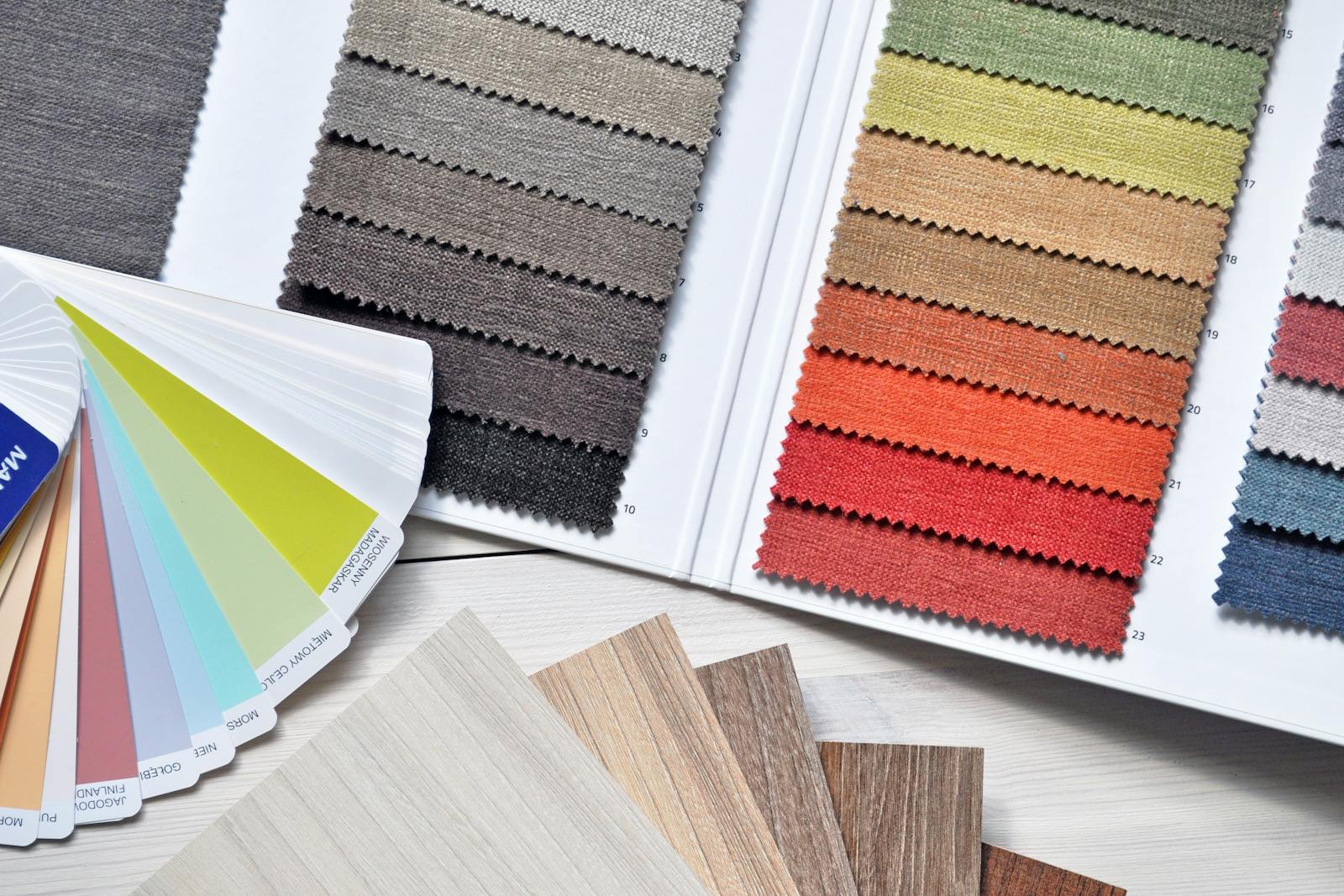You probably think of interior design as a matter of color palettes, furniture placement, and whether or not your sofa screams “I am a grown-up now” or “I just moved in last week and everything is slightly awkward.” But what if I told you that there’s more to a home than aesthetics? That beyond the paint swatches and throw pillows lies an invisible architecture—a blueprint of energy that shapes how you feel, think, and even sleep in your space? That’s where psychic insights come in. And yes, you can absolutely use them to make your home feel harmonious, balanced, and surprisingly comforting, even on Mondays.
Before we dive into the nuts and bolts of energy mapping, you might want to learn more about how psychic insights can guide your choices. It’s not just about candles and crystals; it’s about understanding the flow of energy in your home and tuning it to support the life you want to live.
Interior design has a secret dimension. You don’t just arrange a living room; you orchestrate a symphony of vibes that affects every aspect of your life. And, frankly, it’s kind of exciting to realize that your dining table placement might be influencing your relationships, or that your choice of artwork could actually enhance your intuition.
Table of Contents
What Is an Energetic Blueprint?
Think of your home as a living organism. Every room, every corner, every piece of furniture carries energy. This energy can either support you or subtly drain you over time. A psychic perspective allows you to “read” this energy—to sense where it’s flowing, where it’s blocked, and where it might need a little extra love.
Your home’s energetic blueprint is like a map. It shows how energy circulates from room to room, from wall to wall, and even from object to object. When you understand it, you can make decisions about design, placement, and décor that align with your personal energy and your intentions for the space.
Why It Matters
You’ve probably experienced it: some rooms just feel “off,” while others feel like a hug. A living room where the furniture arrangement makes conversation awkward, a bedroom that leaves you restless at night, or a kitchen that makes cooking feel like a chore. That’s energy, speaking to you. And when you start tuning into it, everything shifts. Suddenly, design decisions aren’t just aesthetic—they’re deeply personal and profoundly impactful.
Reading the Energy of Your Home
Walking Through with Intuition
Start by walking through your home with intention. Close your eyes if it helps, or simply pay attention to your gut feelings. Notice where your energy rises and falls. Which corners feel tight or heavy? Which rooms make you want to linger? This isn’t a test, and there are no wrong answers. You’re simply calibrating yourself to the energy of your space.
Using Objects as Energy Indicators
Objects in your home carry vibrations. A photo of someone who drains you, a plant that’s wilting from neglect, or even a piece of furniture that constantly tips over—all of these are subtle signals. Pay attention to what you notice instinctively. Your home is talking. Are you listening?
Mapping Energy Flow
Once you’ve noticed patterns, sketch a simple map. Mark areas that feel vibrant, dull, or stagnant. This map is your first step toward creating a balanced home. It doesn’t need to be elaborate. A pen and paper, or even a mental map, is enough. You’re identifying energy currents—where it flows freely, where it loops unproductively, and where it stops entirely.
Aligning Design with Energy
The Power of Placement
You’ve heard of feng shui, of course. But this is more personal. Placement matters not just for aesthetics, but for energy. For example, your bed should ideally allow you to see the door, giving a sense of security and flow. Your desk might benefit from natural light and a clear line of sight to the window. And that dining table? Consider how it encourages or stifles conversation.
Color as Energy
Colors carry energy. Blue calms, yellow uplifts, red energizes. But here’s the key: you must feel the color, not just follow trends. Walk into a room with a swatch in hand. Does it make you sigh or squirm? Trust that response. Your emotional reaction is the psychic data your home is offering.
Furniture and Flow
You’ve probably bumped into a chair one too many times or gotten stuck in a narrow hallway. That’s energy literally not moving. Arrange furniture so that movement feels effortless. Energy, like people, dislikes being trapped. Allow rooms to breathe, and the energy will follow suit.
Enhancing Energy with Objects
Crystals, Stones, and Elements
Crystals are not just decoration; they’re energy tools. Clear quartz amplifies intention, amethyst encourages calm, and black tourmaline protects against negativity. Place them thoughtfully in areas where energy feels stagnant or where you need support.
Mirrors and Reflection
Mirrors can double energy, both literally and energetically. A mirror facing a window can amplify natural light and fresh air. But beware—mirrors that reflect clutter or a harsh corner can also double stress. Place with intention.
Personal Tokens and Symbols
Art, photos, sculptures, and even books carry vibrations. Choose objects that resonate positively. If a piece sparks joy, energy flows. If it triggers tension, consider relocating it. Your home should echo your aspirations, not your anxieties.
Creating Zones of Intention
Meditation and Reflection Spaces
Every home benefits from a quiet corner, a space for reflection. It could be a nook with a cushion, a small altar, or simply a chair by a sunlit window. This zone acts as a recharge station, where your energy can reset and realign.
Work and Creativity Zones
If you work from home, designate a space for focus and productivity. Keep it uncluttered. Add objects that inspire and energize. Avoid placing work areas in the bedroom—it confuses energy and interrupts rest.
Social and Gathering Areas
Spaces for conversation and connection should be warm, inviting, and easy to navigate. Arrange furniture to encourage dialogue, not awkward angles. Light and color play key roles here—soft lighting, comfortable seating, and energizing accents make all the difference.
Common Pitfalls
- Over-decorating: Too many objects trap energy. Less is more.
- Ignoring intuition: Trendy choices might look good but feel off. Always trust your gut.
- Static layouts: Energy thrives on movement. Rearrange when needed to keep it vibrant.
The Transformative Power of an Energetically Aligned Home
When you begin to consider psychic insights in interior design, your home stops being just a backdrop for life and starts being a participant in it. Rooms support you instead of draining you. Colors uplift you. Placement amplifies flow. Objects remind you of intention. You might even notice your relationships improving, your sleep deepening, or your creativity expanding—small miracles that begin at home.
Your home becomes more than walls, furniture, and decor. It becomes a living, breathing blueprint of energy that nurtures your mind, heart, and spirit.







